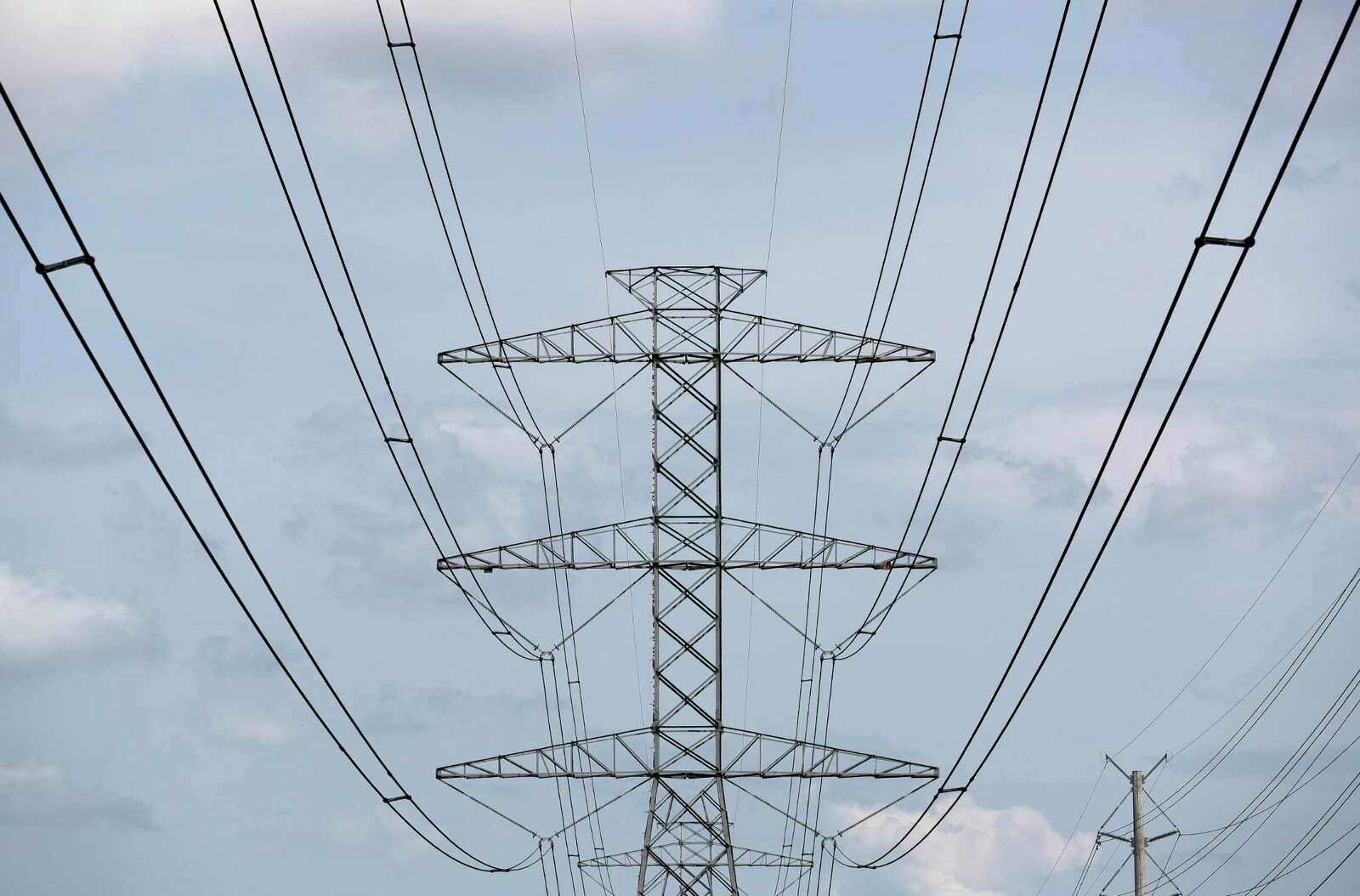What Happened
On June 12, 2025, San Antonio experienced severe thunderstorms that led to significant flooding and hazardous road conditions across the city. The storms, which began early in the morning, brought heavy rainfall, with some areas recording between half an inch and eight-tenths of an inch of rain. As the storms progressed, the National Weather Service reported that Leon Creek rose dramatically by 13 feet due to the intense rainfall. The flooding resulted in the closure of over 43 roads and low water crossings in Bexar County, including major thoroughfares such as Bitters Road and Alamo Heights.
In addition to flooding, the storms posed risks of damaging wind gusts and hail. Emergency services were actively engaged in high-water rescues, as several drivers became stranded in flooded areas. A Tornado Warning was also briefly issued for parts of west San Antonio, although it was unclear if a tornado had touched down. The severe weather prompted multiple flood warnings and advisories throughout the region, affecting transportation and daily activities for residents.
Key Details
- Date of Event: June 12, 2025
- Rainfall: Areas received between 0.5 inches to 0.8 inches of rain, with localized flooding causing Leon Creek to rise 13 feet.
- Road Closures: More than 43 roads and low water crossings were closed due to flooding, impacting major routes in Bexar County.
- Emergency Response: High-water rescues were conducted by local emergency services, with reports of drivers trapped in flooded conditions.
- Warnings Issued: Flash Flood Warnings and advisories were active throughout the region, indicating ongoing risks associated with the severe weather.
Multiple Perspectives
The response to the flooding has drawn varied reactions from residents and officials. Some residents expressed frustration over the rapid onset of flooding, noting that the city’s infrastructure may not be adequately equipped to handle such intense rainfall. Others pointed to the unpredictability of severe weather patterns as a challenge for urban planning and emergency preparedness.
Local meteorologists emphasized the importance of heeding weather warnings and taking precautions during severe weather events. According to KSAT meteorologist Justin Horne, the storms were expected to continue impacting the region for several hours, with a gradual decrease in severity anticipated later in the day. Meanwhile, some community members have called for improved drainage systems and better communication from city officials regarding flood risks.
Context & Background
San Antonio, like many cities in Texas, is susceptible to severe weather, particularly during the spring and summer months when thunderstorms are more common. The region’s geography and urban development can exacerbate flooding risks, particularly in low-lying areas and near waterways. The National Weather Service regularly issues alerts during severe weather events, urging residents to stay informed and prepared for potential emergencies.
The recent storms highlight ongoing discussions about climate change and its impact on weather patterns. Increased rainfall and severe weather events have become more frequent in many parts of the United States, prompting cities to reassess their infrastructure and emergency response strategies. In San Antonio, the challenges posed by flooding are compounded by rapid population growth and urbanization, which can strain existing resources and emergency services.
What We Don’t Know Yet
As of now, it remains unclear how long the flooding will persist and whether additional storms are expected in the coming days. The full extent of the damage caused by the flooding, including impacts on homes and businesses, has yet to be assessed. Additionally, it is uncertain if any tornadoes touched down during the storms, as the National Weather Service continues to evaluate reports from the area.
Local officials have not yet provided a comprehensive plan for addressing the flooding issues that arose from this event, nor have they detailed any long-term strategies for improving infrastructure resilience against future storms. As the situation develops, further updates from local authorities and meteorologists will be crucial for residents to navigate the aftermath of this severe weather event.


